Ascend P series from Huawei is dedicated to the premium devices. Last year’s Ascend P6 proved to be a commercial success for the Chinese manufacturer and also claimed the title of world’s thinnest smartphone. Ascend P7 is no different ─ It builds upon the success of its forerunner while trying to rectify the drawbacks.
Ascend P7 was unveiled in Paris earlier this year and was launched in MENA region last month.
This phone is available all over Pakistan at a price of Rs. 47,000. It is currently sold in black, white and pink colors along with one year warranty of Airlink Communication.
Design:
Ascend P7 features a very similar design to last year’s P6 with a few minor changes, it’s a slightly bigger and a thicker. However the basic layout of the device remains unchanged ─ brushed metal band on three sides and plastic bottom; however glass replaces aluminium on the back.
P7 has a 5-inch LTPS IPS display with 1080p resolution (445ppi pixel density). The screen is super sharp, quality and color saturation of images is very good.
Huawei Ascend P7 offers great viewing angles and is fairly responsive. One thing you will immediately notice is that this phone has very slim bezels and the frame is quite short as compared to other 5-inch screen phones.
Above the screen you’ll find the ear-speaker, notifications LED, light sensors and a unique 8-megapixel camera for selfies, groufies and video calling.
Once again Huawei has decided to put its name below the screen, apparently for no reason at all. I would love this device to have no logo/text on the front, and just a black slab.
The position of volume rocker, power/unlock key and the SIM+memory card slots on the right remain the same, except that the power key is now circular.
The 3.5mm headphones jack now sits on the top of Ascend P7 with noise cancellation mic, whereas the USB port is now on the bottom along with primary microphone; previously these two ports were at very odd locations.
The backside of this device is quite interesting, as compared to the aluminium back of Ascend P6, the new device features toughened glass. There’s a 13-megapixel primary camera along with LED flash on the back and loudspeaker at the bottom.
Beneath the glass there are 7 plates with micro design, resulting in beautiful bluish texture when exposed to light. A shiny Huawei logo sits in the middle.
The glass back and Thermal Gel Cooling technique gets rid of heating problem to some extent, but makes the phone quite slippery. You have to be extra careful while handling this phone and try not to put it on Sofa armrests or on any uneven surface.
The overall design and the build quality of this phone is very nice. It weighs light (124 grams) and easy to hold. The glass on the back makes it quite comfortable to hold for longer duration, but it is a finger print magnet.
A little precaution for P7 users is that the camera’s anti-reflection coating may attract some scratches over the time, though it doesn’t affect the image quality. Make sure not to use “tissue paper” for cleaning the lens.
Operating System & UI:
Ascend P7 is the first device from Huawei to run on Android 4.4.2 KitKat along with the latest EMUI 2.3 out of the box.
Most of you folks who have been following our reviews or have owned a Huawei phone may already know about EMUI. It is a quite unusual customization of Android, with no app launcher and everything is placed on the homescreen. The version 2.3 has many visual and performance improvements. Now it is more fluid and brings some new themes; most of which feature flat and minimal icons.
The new version also includes a simpler interface, with big tiles and text. It is ideal for people who are not comfortable using tiny icons. The phone dialer has been improved and the keyboard is now embedded with swype feature.
Just like previous versions, the notifications panel also incorporates quick toggles and now brightness control is also embedded with-in.
In addition to the soft keys on the bottom there is a new feature called Suspend button which allows quick access to homescreen, back button and some other useful apps. It’s pretty handy while using full screen applications or playing games.
Some other additions include, motion control, notifications manager, harassment filter, network administration and a neat “Mirror” application; which uses the front camera and serves as a mirror.
The newest version of EMUI has a significant focus on phone performance and power saving. The default Phone Manager app notifies you when an application is consuming battery in the background so you may quickly kill it. But this feature is quite annoying as it constantly prompts you to close essential apps. However there is an easy fix for this, just add the essential applications to the “Allowed list”.
If you don’t like the EMUI experience, you can always download a custom launcher (Apex, Nova etc) from the Play Store and use it instead.
Hardware & Performance:
Ascend P7 packs Huawei’s in-house 1.8GHz quad-core Kirin 910T CPU, coupled with 2GB of RAM and 16GB of internal storage (you can expand it with an SD card and also use SD card as primary storage).
The performance of this device is quite reasonable, you won’t feel any lag during the normal operation of the phone, and it can run any resource hungry application/game without breaking a sweat.
You can watch 1080p videos and no matter how many apps you install and run on this device it won’t get “slow”.
I was really hopping that Huawei will use its latest octa-core processor in the phone. So due to the hardware difference, it can’t beat the current flagships from other manufacturers in terms of performance and doesn’t not score high on the benchmarks.
But keeping the price in mind, it delivers the best possible performance. P7 easily beats the 2013 flagship devices including Galaxy S4 and HTC One (M7).
It supports the latest 4G LTE network and quickly switches between 4G, 3G and 2G. This phone features a dual antenna layout which allows better signal transmission.
The regular and VoIP calling experience on this phone is spectacular. You won’t hear any noise or echo during calls. The loudspeaker has comparatively low volume but the ear speaker is just fine. This new device also features NFC and Bluetooth 4.0, which were missing in last year’s P6.
Have a look at some of the benchmarks:
Camera & Video:
The camera department is certainly the best among all the features. Ascend P7 is packed with a primary 13-megapixel BSI camera with single LED flash and an unusual 8-megapixel front facing camera for selfie-obsessed people.
The camera applications remains almost the same, with minimal UI and easy to use interface. However Huawei has added some new features including audio-note, watermark and best photo.
The primary camera features a 28mm wide angle 4th generation SONY sensor and f/2.0 aperture. The performance in both day light and indoors is very good. You will get sharp photos with high details and vivid colors.
The low light performance is also sufficiently good, but you’ll easily notice the enhanced noise and grain in those photos.
Taking close ups blur the background and keep the subject in focus by creating a shallow depth of field. However the camera application doesn’t offer the latest Bokeh effect feature found in most of the latest flagships. (Don’t worry you can use Google Camera application, if you are too fond of taking Bokeh-ish DSLR like photos).
The primary camera is capable of recording 1080p videos in 16:9 aspect ratio @ 30fps. It offers software image stabilization, which is not good as OIS. There are comparatively less options to play with in video mode but it does the job well.
Huawei has also introduced the Ultra snapshot feature with P7, which quickly takes a photo when phone is on stand by double pressing the volume down key. Usually it takes 1.2 – 1.4 seconds to take the photo, but it doesn’t auto-focus and the quality is a little low.
Now let’s talk about the front facing camera, which probably is the best secondary camera to date. An 8-megapixel sensor is far better than the 1-2-megapixel sensors used in most high-end phones.
The camera is focused on selfies or should I says groufies, as Huawei included Panorama Selfie option which take 3-different shots from different angles and then stitches them. So there is no need to squeeze people while taking a selfie, instead take a groufie.
The secondary camera is also capable of recording 1080p video and it offers good results during video calls.
Sample Shots:
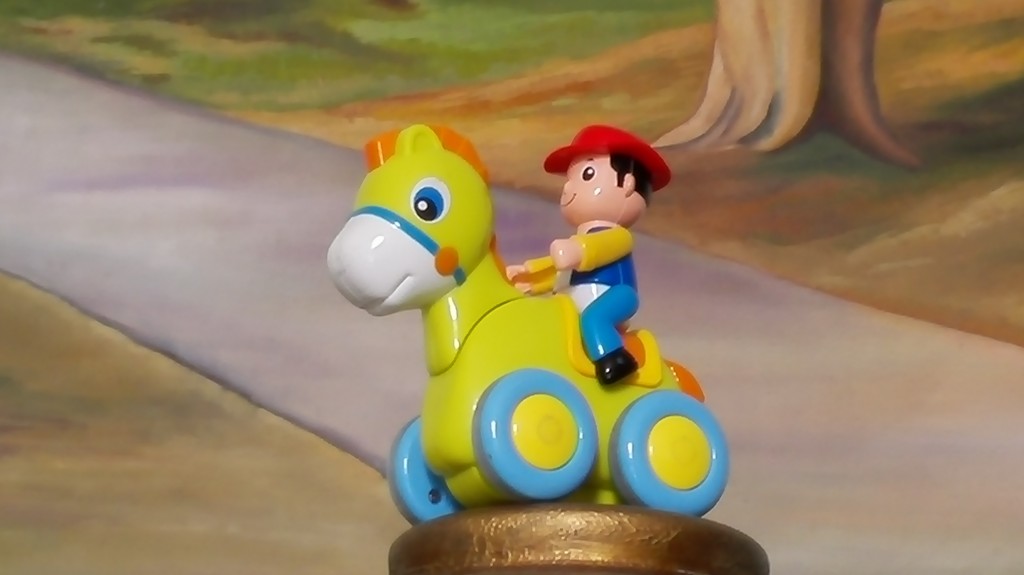
4x digital zoom
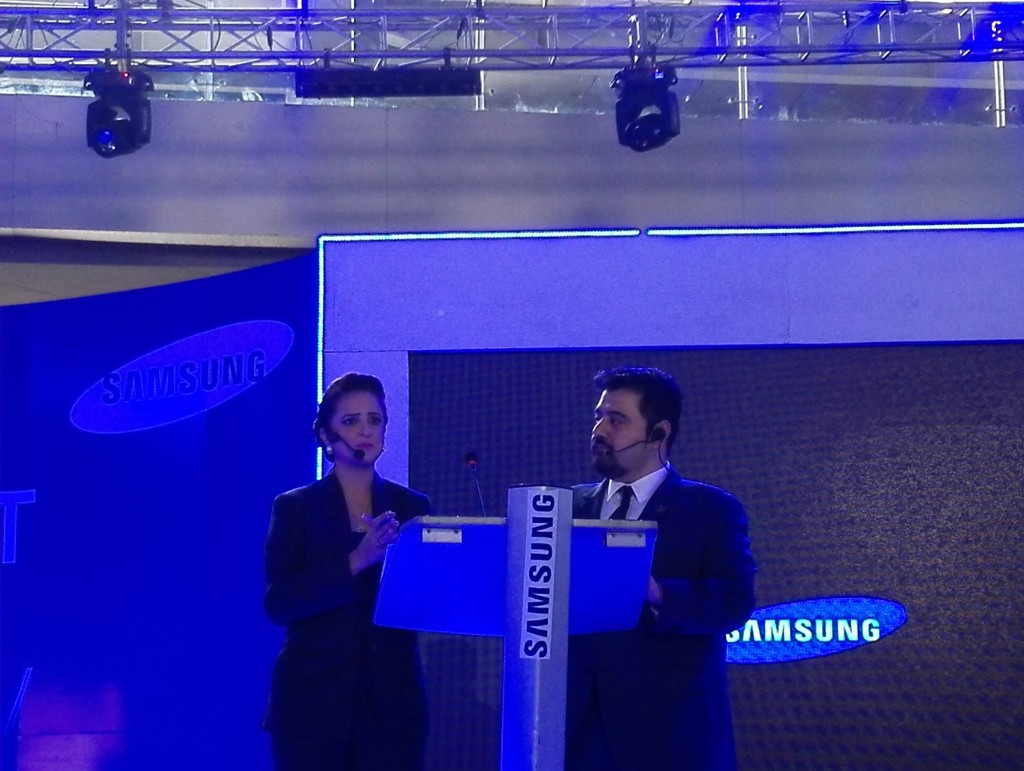
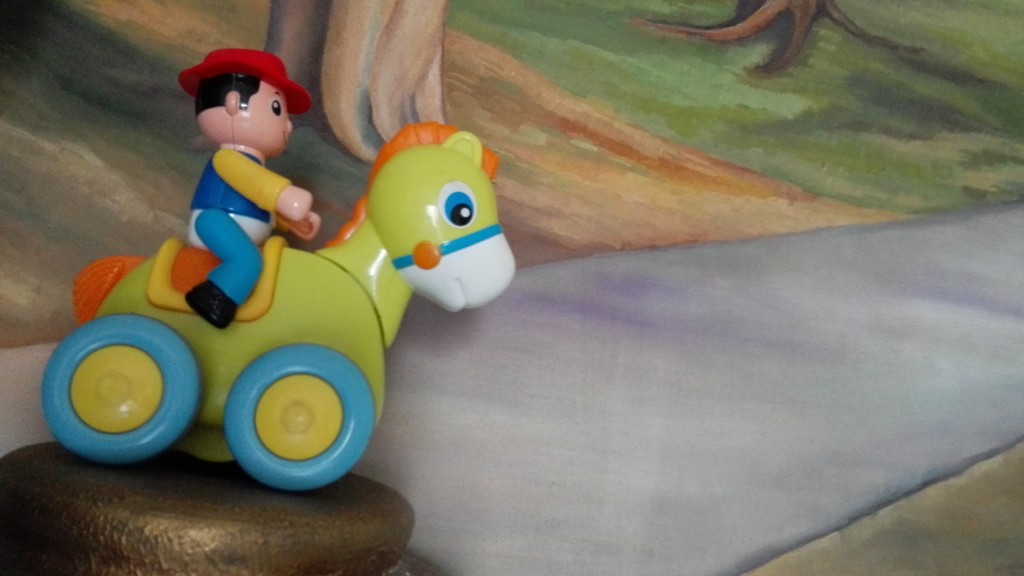
Sample Video Shot by Ascend P7
Battery Performance:
Ascend P7 is packed with a 2500mAh battery, which doesn’t seems too much on paper. The actual performance depends upon your usage pattern.

There is also an Ultra Power Saving mode which shuts down most of the phone functions and according to company claims provide 24 hours standby on 10% charge.
In our tests, the phone survived a single day on average usage, but using 3G internet and running resource hungry applications limited the use to just 10-12 hours.
After a full charge, I was able to play Asphalt 8 continuously for almost 3.5 hours, which is actually quite good, but sometimes the battery quickly discharged. Especially the last 25% seems to be very quick.
Most of people charge their phones at night, so one day usage will be adequate for them. Surprisingly the battery performance on standby is great, during 20 hours on standby it only dropped to 1%.
Verdict:
Ascend P7 is definitely the best phone from Huawei to date. It offers a premium design and reasonable hardware along with satisfactory performance and a neat user experience.
The camera and screen are the headlines, albeit it lacks in terms of hardware. However keeping the price tag in mind you shouldn’t compare it with other flagships of 2014.
Speaking of price, I feel that this phone is little overpriced. Eventually the price will go down, but only if Huawei had launched it for PKR 42,000 or around; it could have been the best choice for those looking for premium devices with-in their mediocre budget.
There is a lot to like about this phone and the combination of metal and glass makes it more desirable than the plastic phones. If you could keep good care of your phone, certainly this phone should be in your wishlist.
Do share you opinion about P7 in the comments section below and if you have any related questions don’t shy asking them.
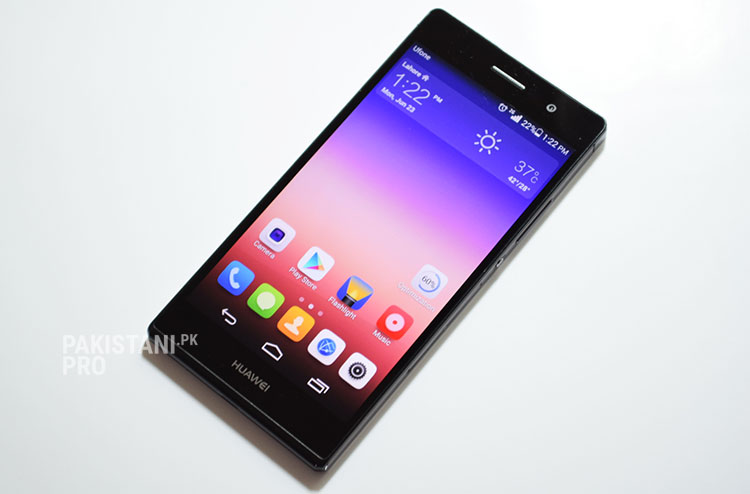
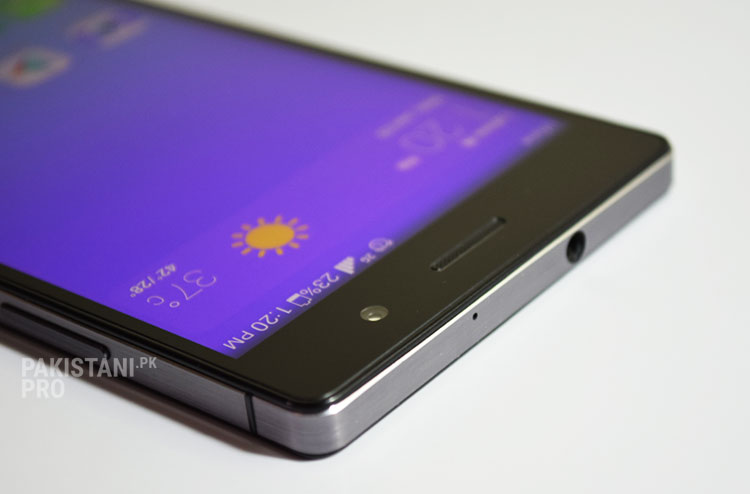
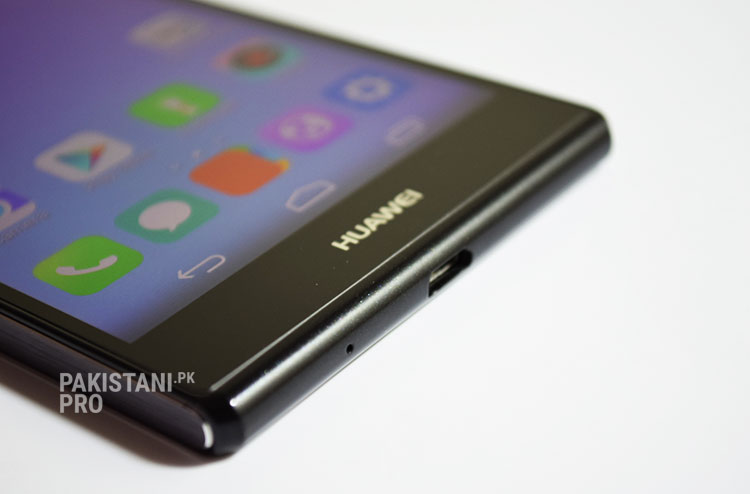

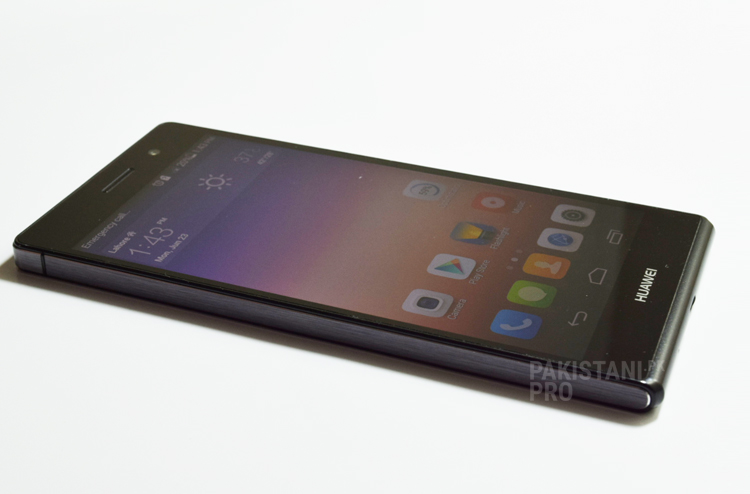

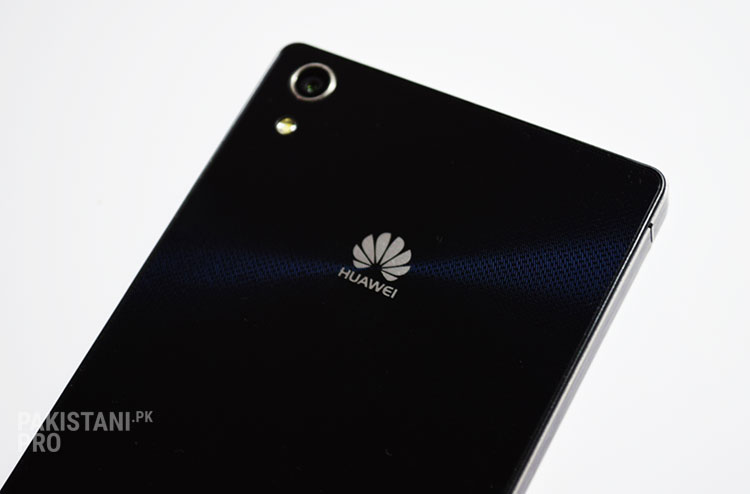
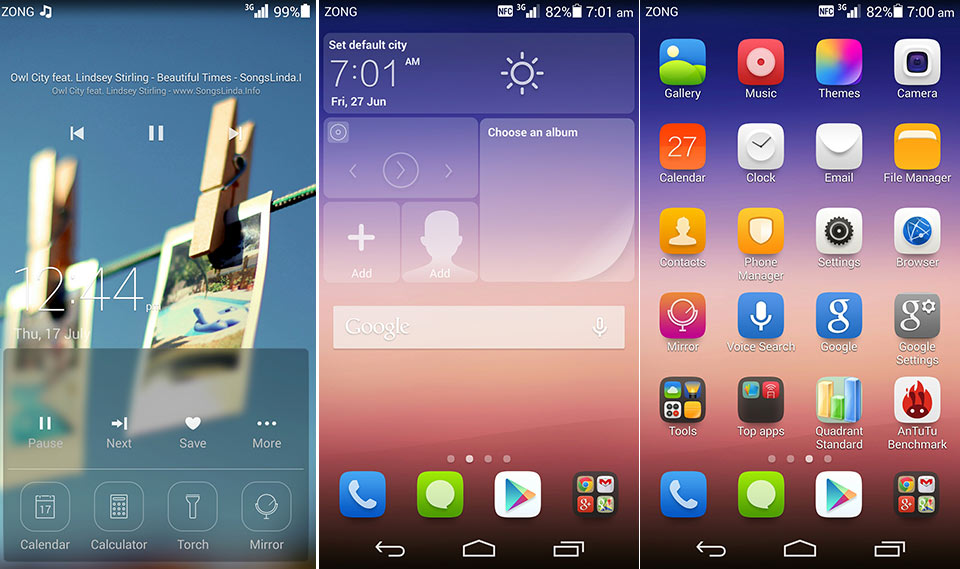
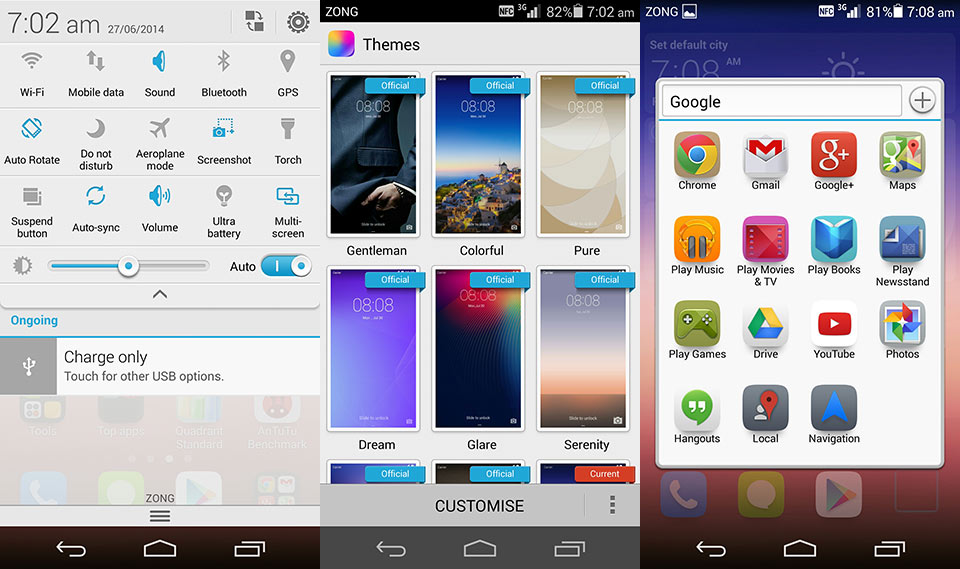
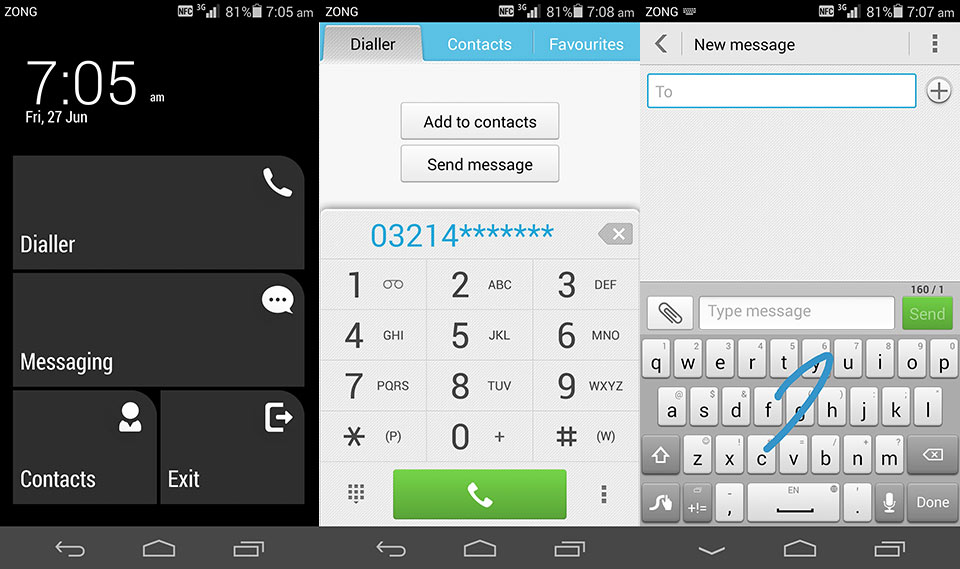
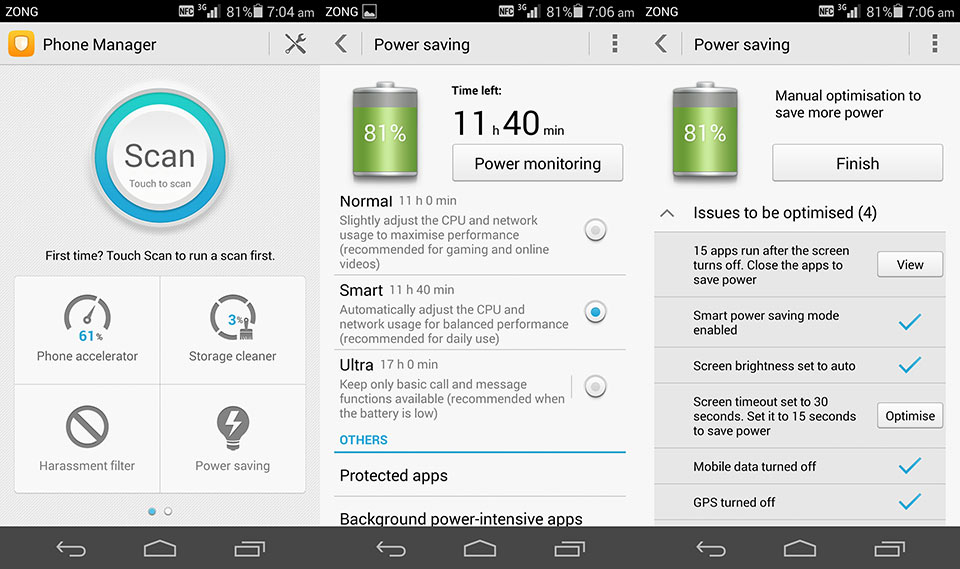
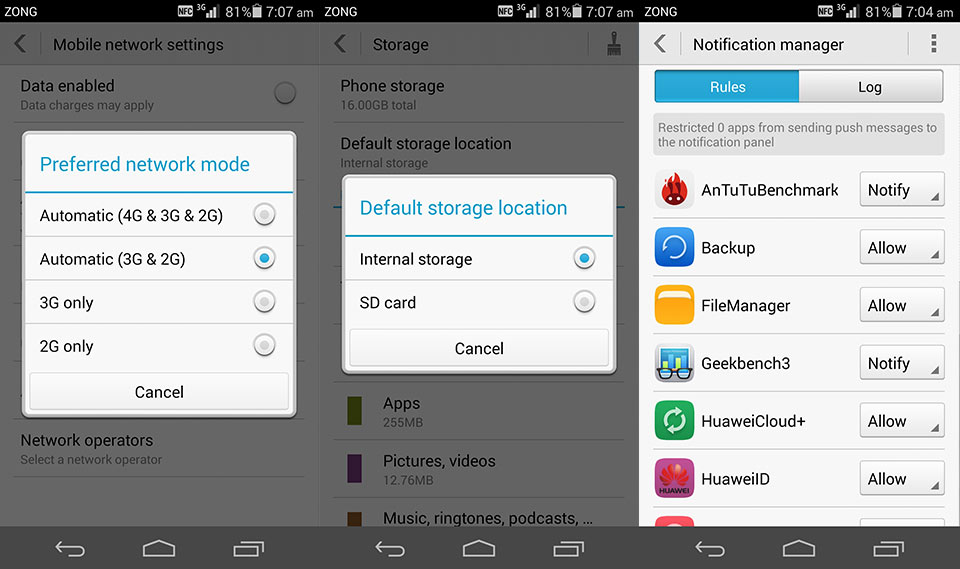
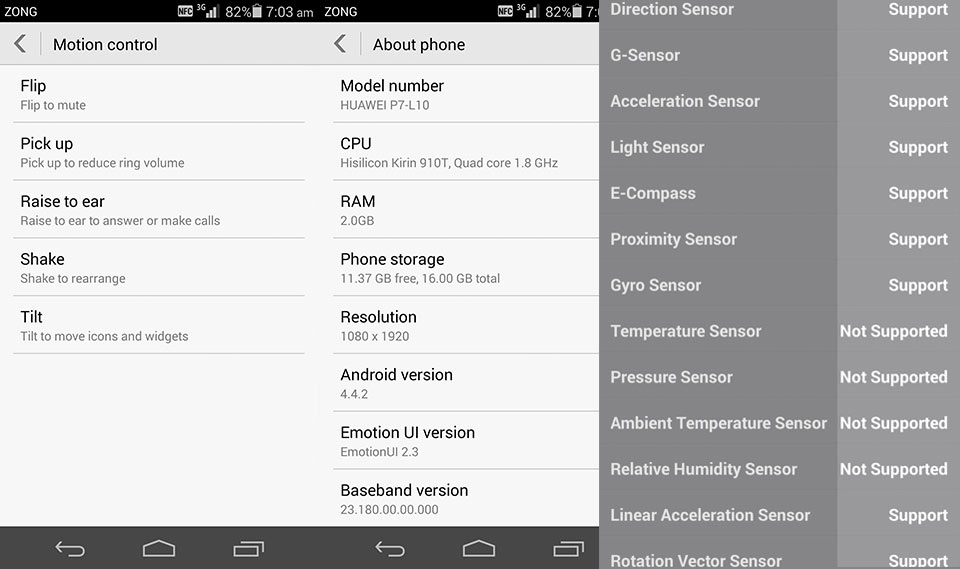
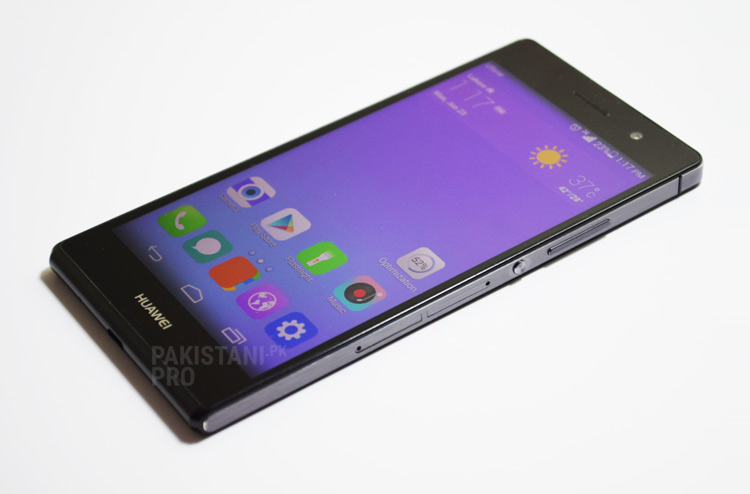
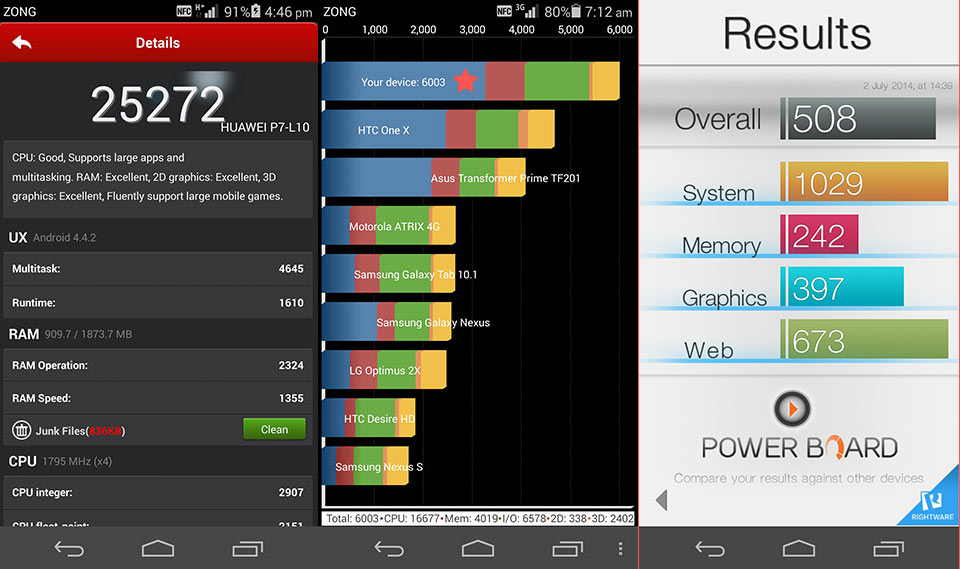
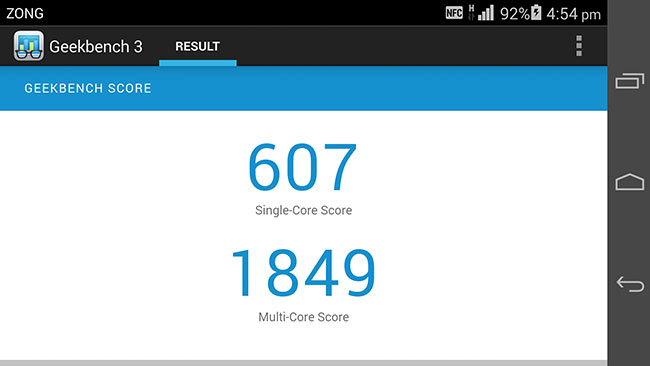
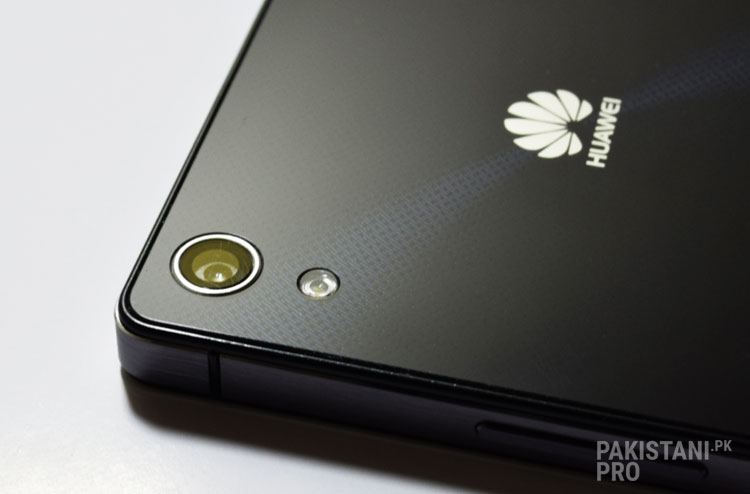
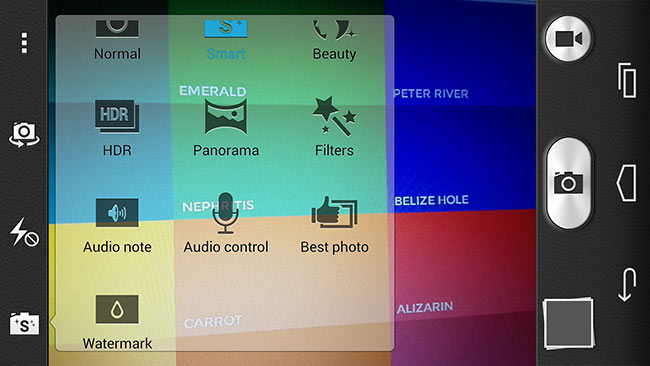

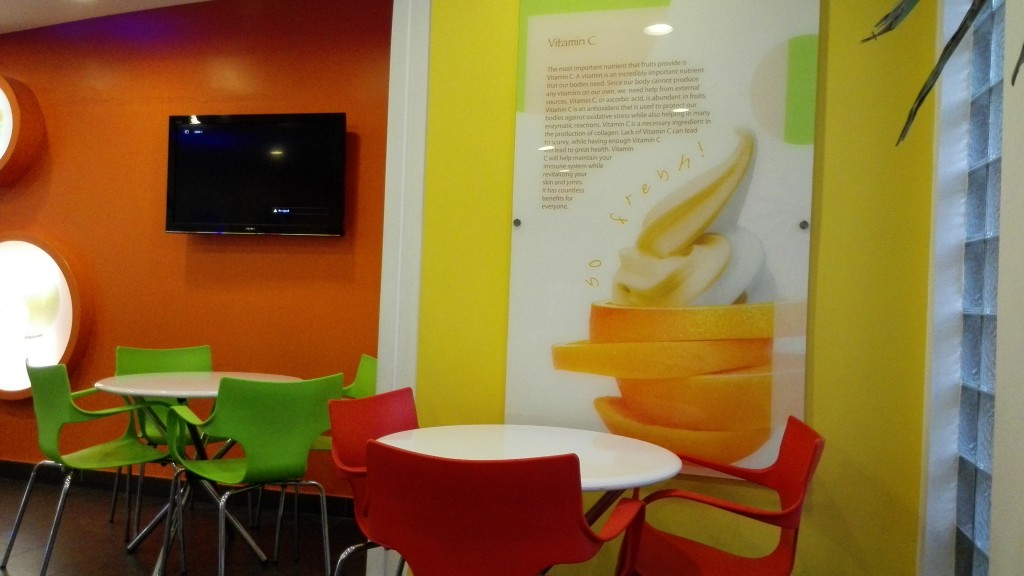
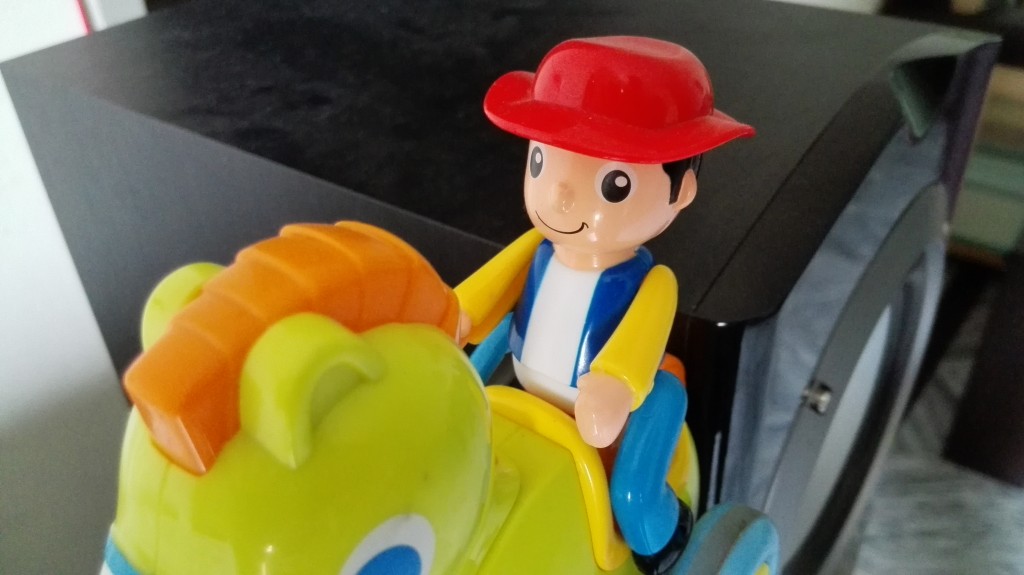
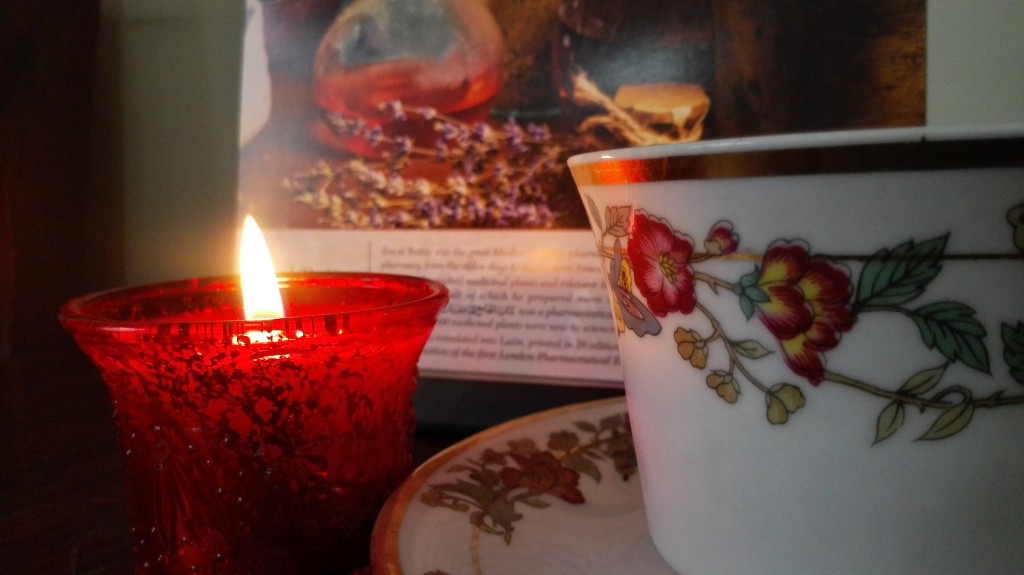
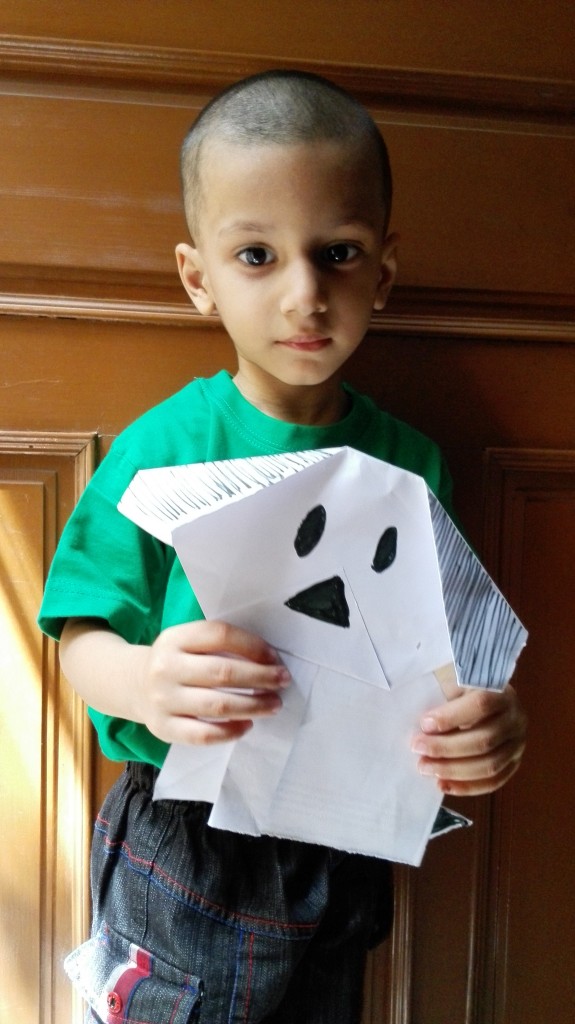
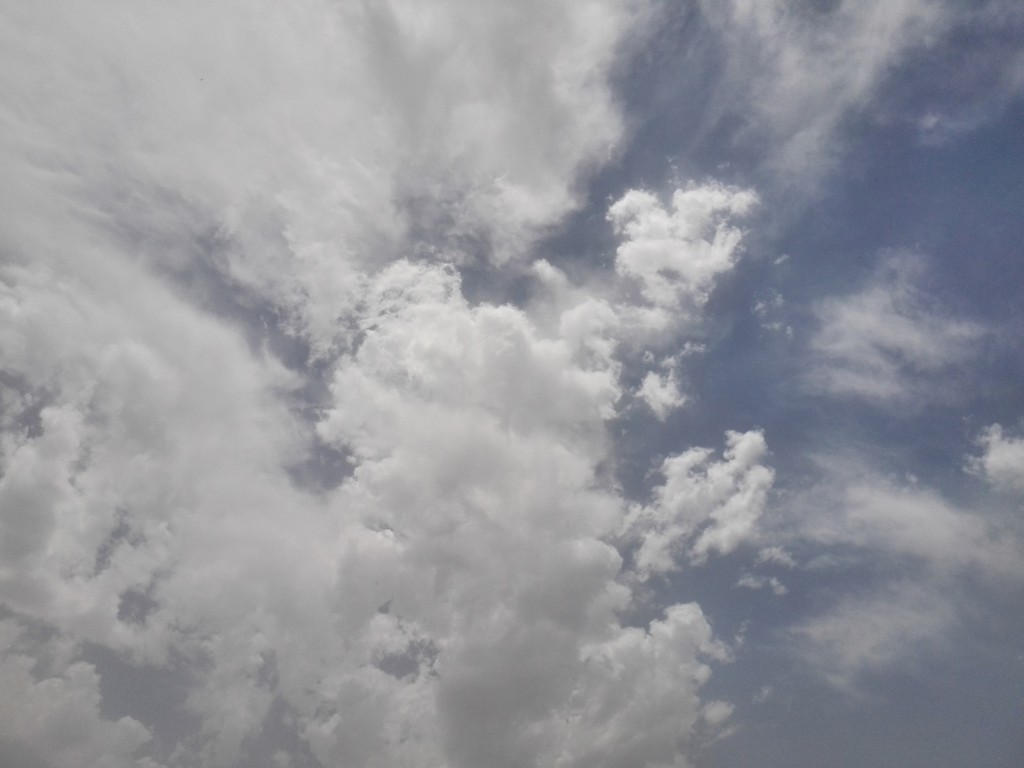
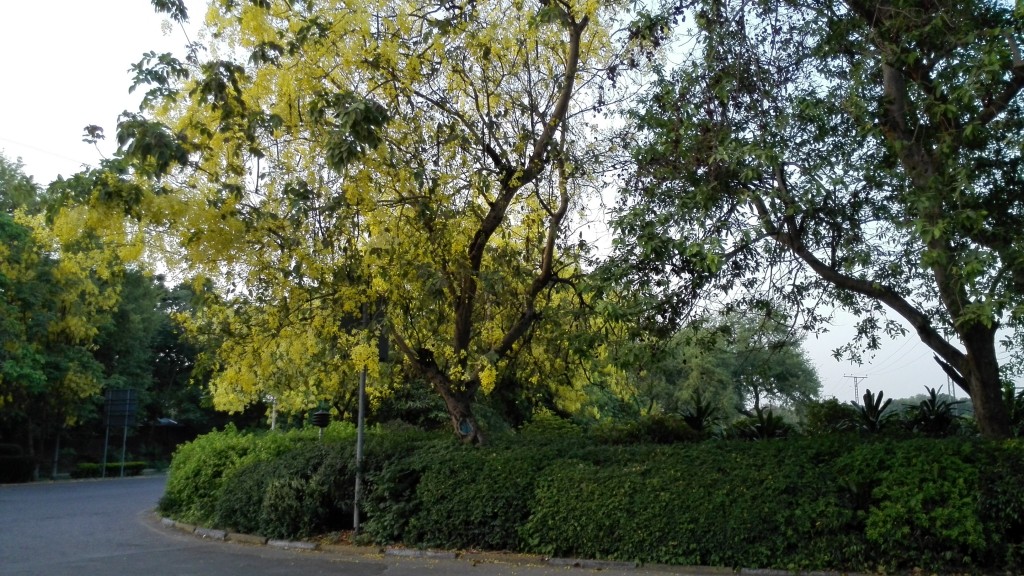
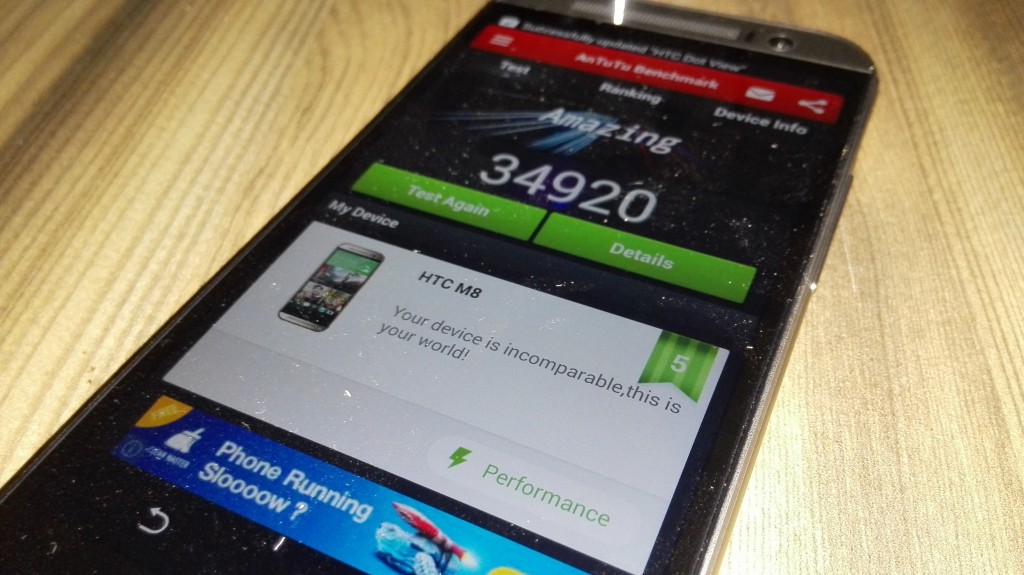
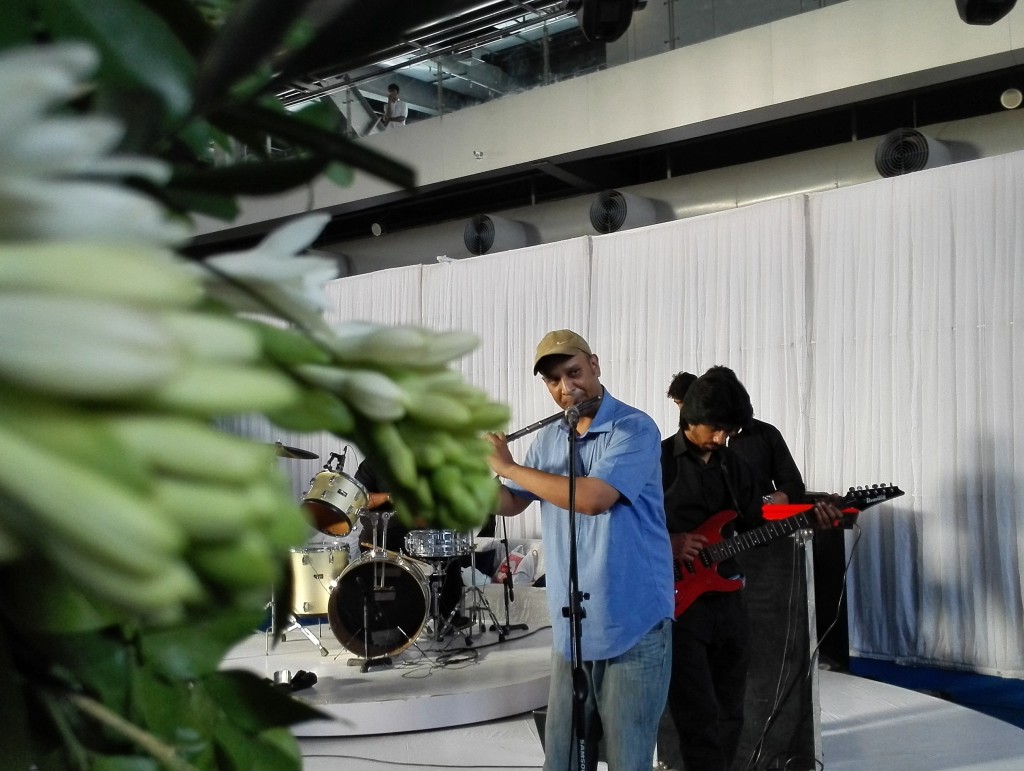
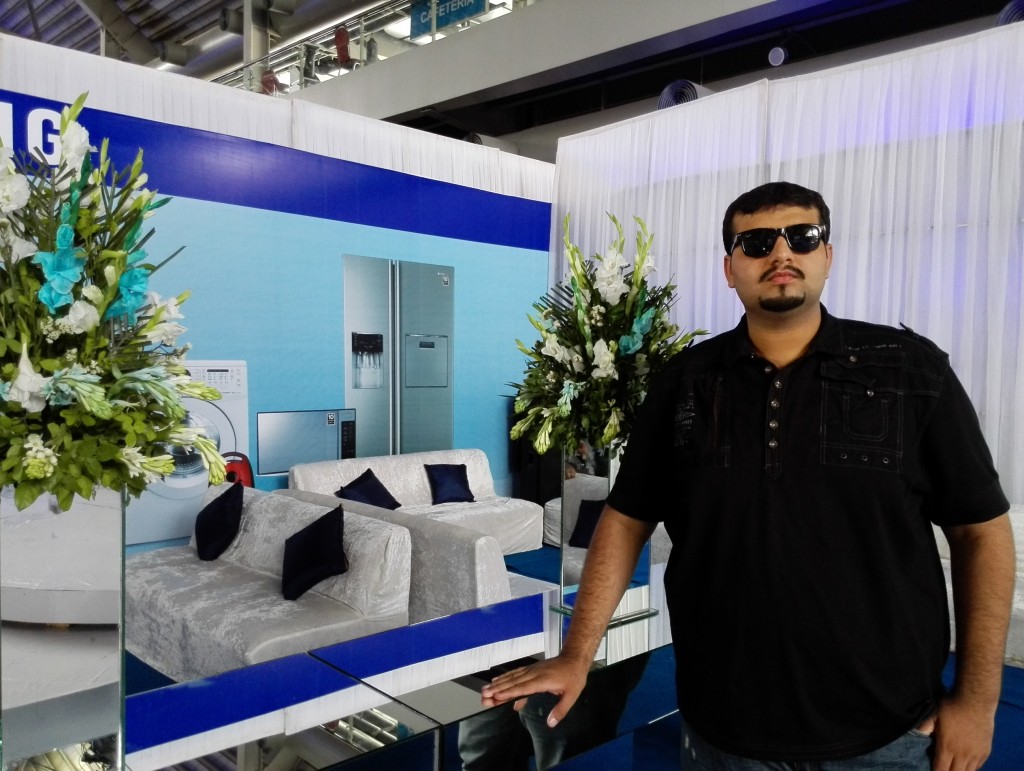

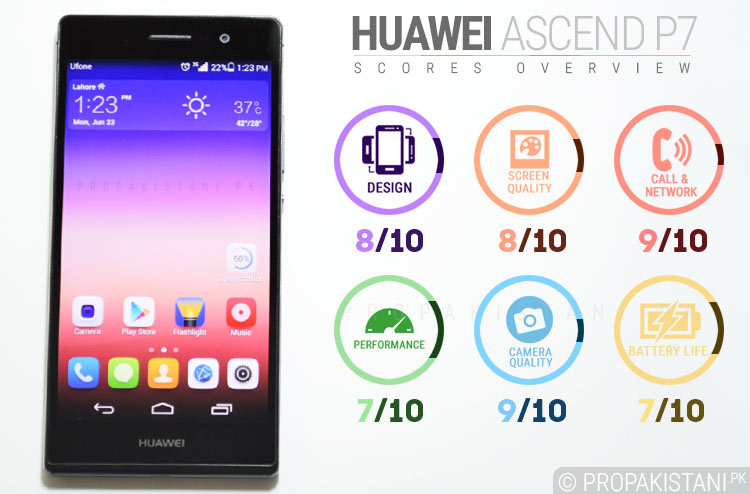





















Nice but little expensive …
yes little expensive coz its not samsung or iphone that should be expensive
video quality is abysmal in night or lowlight you should also upload a daylight video
It is also due to video compression. Will try to link a new file soon.
How is better than a not-at-all-Over-clocked NEXUS 5 which runs on Vanilla android with snapdragon 800 chip? Surely missed that news while i was having my iftari…. :P
Attractive design, better cameras, bigger battery and other differences make P7 preferable. Yet for a true Android enthusiast, N5 is the best choice.
Very Good…
Capture SamSung With Huawei
Amazing review as always.
I just have one question related to the Honor 3C, which you also reviewed. Did its 3 capacitive buttons light up when you pressed them?
I bought it yesterday and still haven’t seen the light turn on. Or is it supposed to be that way?
Thank you.
Unfortunately these touch keys on Honor 3C have no lights. Also the lens coating on Honor 3C is prone to scratches. So use a cover if you want to extend the Shininess of your phone.
Good Review though phone is not.
and don’t you dare again to post Samsung’s event with Huawei
despite heating issue Camera result is not impressive as well.
and phone is highly priced too.
I have no no hopes for its boost
Every metal phone has heating issues, The glass back manages to overcome the issue of excessive heating to a certain limit but still there’s a need for improvement.
I too feel that this phone is overpriced, should have been the same price, P6 was launched for i.e. 40,000.
Hahaha, Let’s spread the message of Love and end this rivalry between smartphone manufacturers :)
P.S. This campaign is not paid by Samsung.
nice
huwai k phones ka display bohat fit ha :)
Biggest back draw of this set is its software, laggy and usually resembles with 3rd party launcher like Go Launcher, and second main problem is software upgrades, Huawei usually not known for its Software Support/Updates.
I have seen many reviews from other sources, but this one is probably the best one. Nothing has been left over. Huawei has already gained the momentum in Pakistan and Ascend P7 will really boost it. The only issue is with price; it should not be over 40,000. One can expect that it will be lowered in near future.
From where I can see, the quadrant score is mere 6000, are you serious? My S4 easily gets 11000 score. and reaches 13000 when Oc’ed. Thats abysmal for a 2014 flagship to say the least.